Crafting Seamless Digital Experiences: The Art and Science of Web/UI Design
Introduction
In today’s hyperconnected world, a website or app is often the first point of contact between a brand and its audience. Web and UI (User Interface) design are not just about making digital platforms visually appealing; they’re about creating intuitive, engaging, and seamless user experiences. A well-designed interface can transform casual visitors into loyal users, blending aesthetics with functionality to deliver maximum impact.
This blog explores the fundamentals of web and UI design, key principles, and the tools and trends shaping this dynamic field.
What is Web/UI Design?
- Web Design refers to the process of designing the visual layout and structure of websites. It involves everything from typography and color schemes to responsive layouts and navigation flow.
- UI Design focuses on the interactive elements of a digital interface, such as buttons, sliders, menus, and forms. The goal is to make interactions intuitive and enjoyable for users.
Together, they form the foundation of user experience, ensuring that websites and applications are not just functional but also delightful to use.
Why is Web/UI Design Important?
- First Impressions Matter: A visitor forms an opinion about a website within seconds. An aesthetically pleasing and user-friendly design encourages them to stay and explore.
- Improved Usability: A well-designed UI ensures users can navigate a site or app easily, boosting engagement and satisfaction.
- Brand Identity: Consistent design elements like colors, typography, and imagery help reinforce brand identity and credibility.
- Conversion Optimization: Effective UI design guides users toward specific actions, such as signing up, purchasing, or subscribing, increasing conversions.
Principles of Effective Web/UI Design
- User-Centered Design (UCD): Prioritize the needs and preferences of the target audience. User research and testing are critical to creating relevant designs.
- Visual Hierarchy: Use size, color, and placement to guide the user's attention to the most important elements first.
- Consistency: Maintain a uniform design language across the platform to build familiarity and trust.
- Responsive Design: Ensure the design adapts seamlessly to various devices and screen sizes.
- Accessibility: Design with inclusivity in mind, considering users with disabilities. Use accessible fonts, contrast ratios, and assistive technologies.
The Process of Web/UI Design
- Research and Ideation: Understand the audience, goals, and competition. Create user personas and map out user journeys.
- Wireframing and Prototyping: Sketch layouts and interactive elements to visualize the structure and flow. Tools like Figma and Adobe XD help create detailed prototypes.
- Design and Development: Refine the visual design, incorporating branding elements and interactivity. Collaborate with developers to implement the design.
- Testing and Feedback: Conduct usability testing to identify and resolve pain points. Iterate based on user feedback.
Tools and Technologies for Web/UI Design
- Design Tools: Figma, Adobe XD, Sketch, Canva
- Prototyping Tools: InVision, Marvel, Axure
- Web Development Tools: Web flow, WordPress, Bootstrap
- Testing Tools: Hotjar, Crazy Egg, Usability Hub
Trends in Web/UI Design
- Dark Mode: Offering an alternative color scheme for better readability and aesthetics in low-light settings.
- Neomorphism: A design style that blends skeuomorphism and flat design to create soft, realistic interfaces.
- Micro interactions: Subtle animations and effects that enhance usability and delight users.
- Voice UI: Designing for voice-activated commands as smart assistants become more prevalent.
- Sustainability: Incorporating eco-friendly design principles by optimizing site performance to reduce energy consumption.
Conclusion
Web and UI design are constantly evolving to meet user expectations and technological advancements. At its core, successful design is about empathy—understanding the user’s needs and crafting solutions that simplify their journey.
You Might Also Like
Mastering the Art of Layout: Crafting Visual...
Dark Mode Evolution: Striking the Perfect Balance...
Stay Tuned
Stay up to date with our latest courses.













.png?width=130&height=53&name=image%2027%20(1).png)
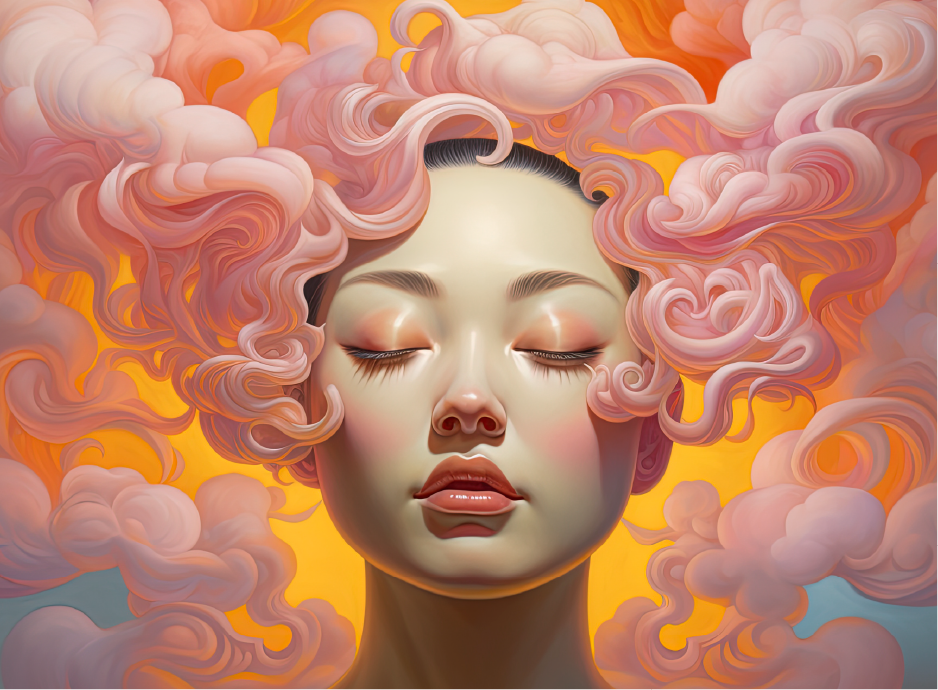
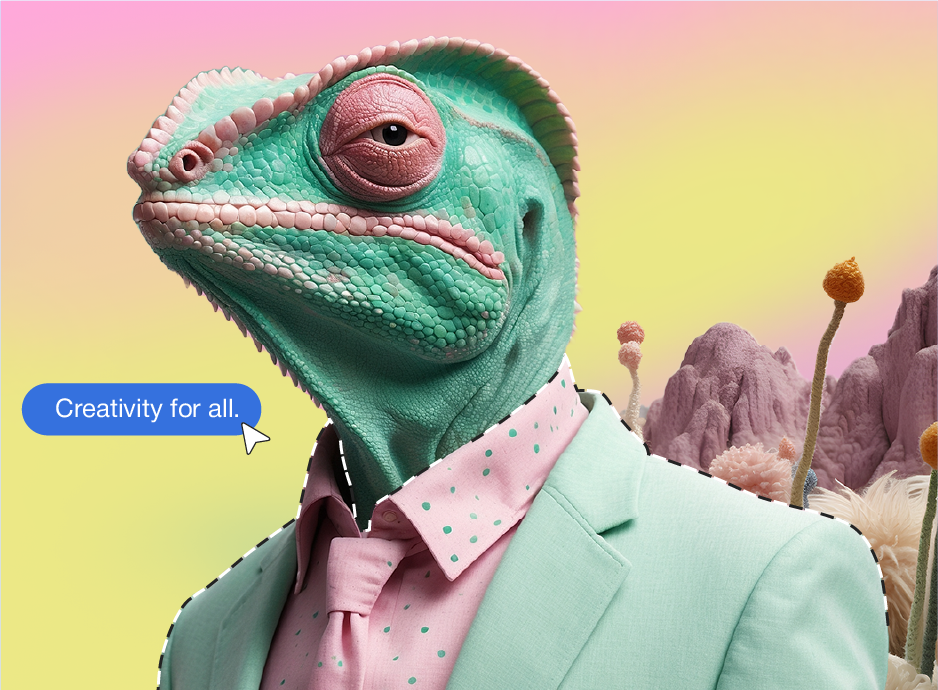
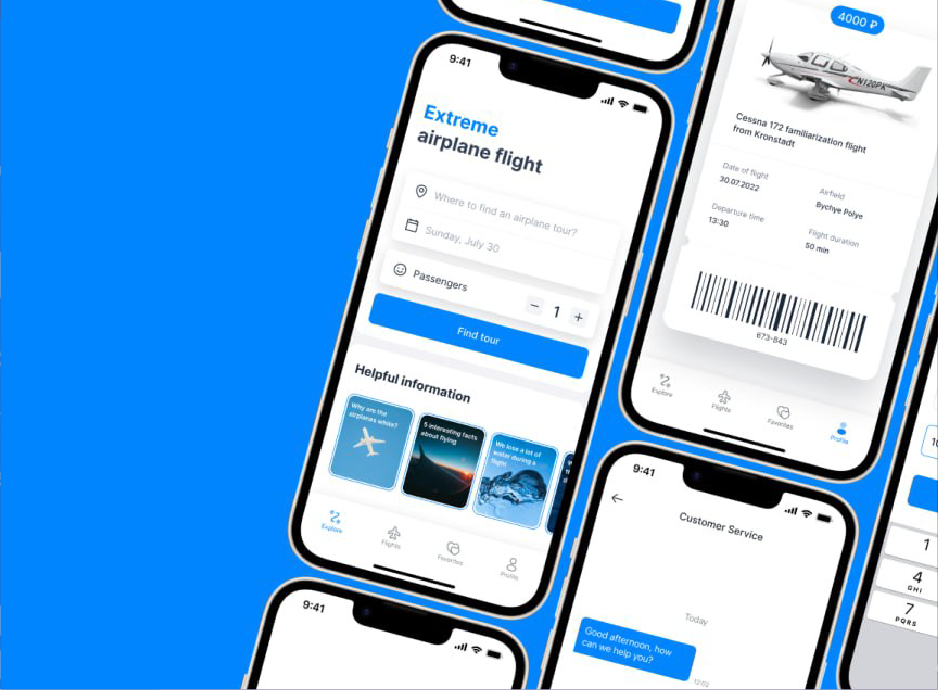
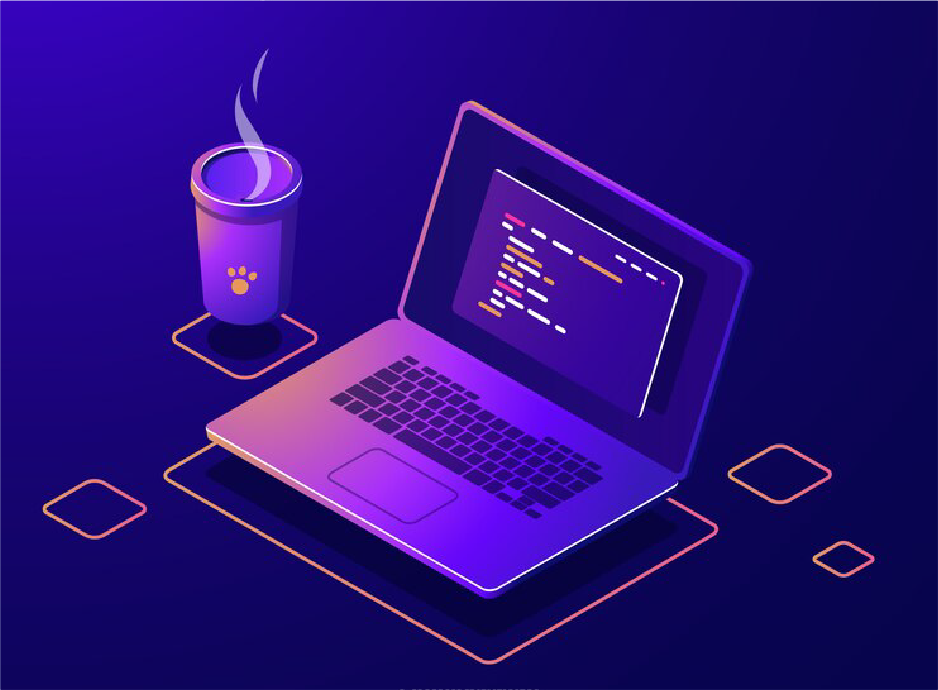

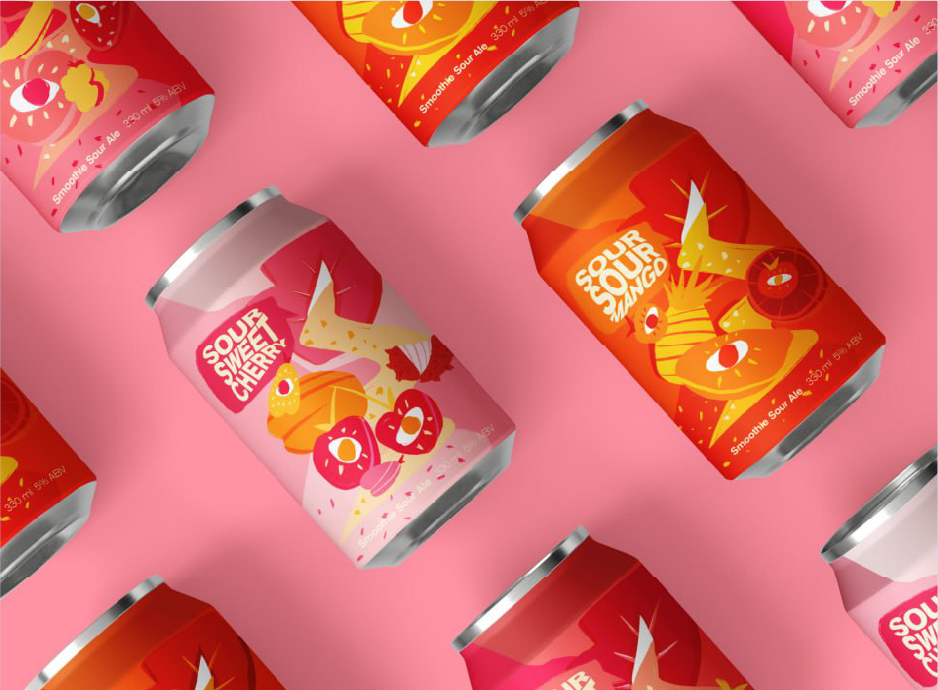
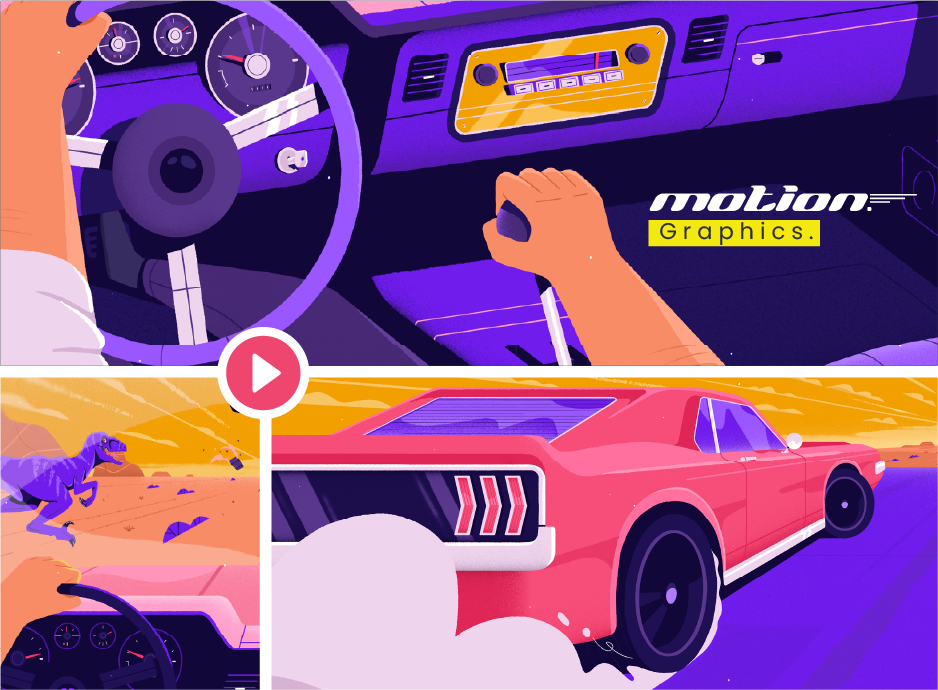
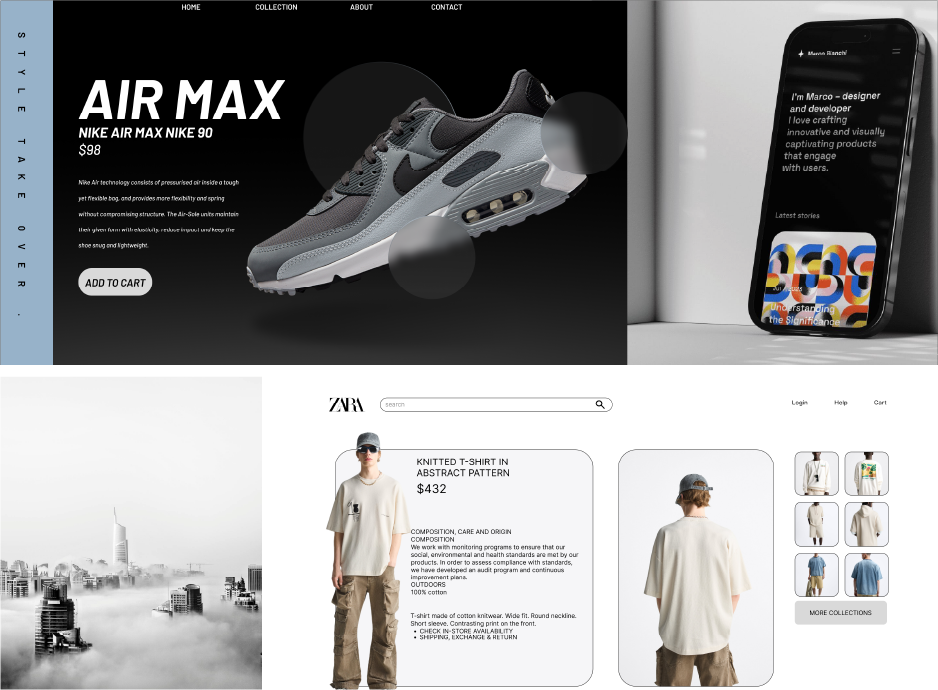

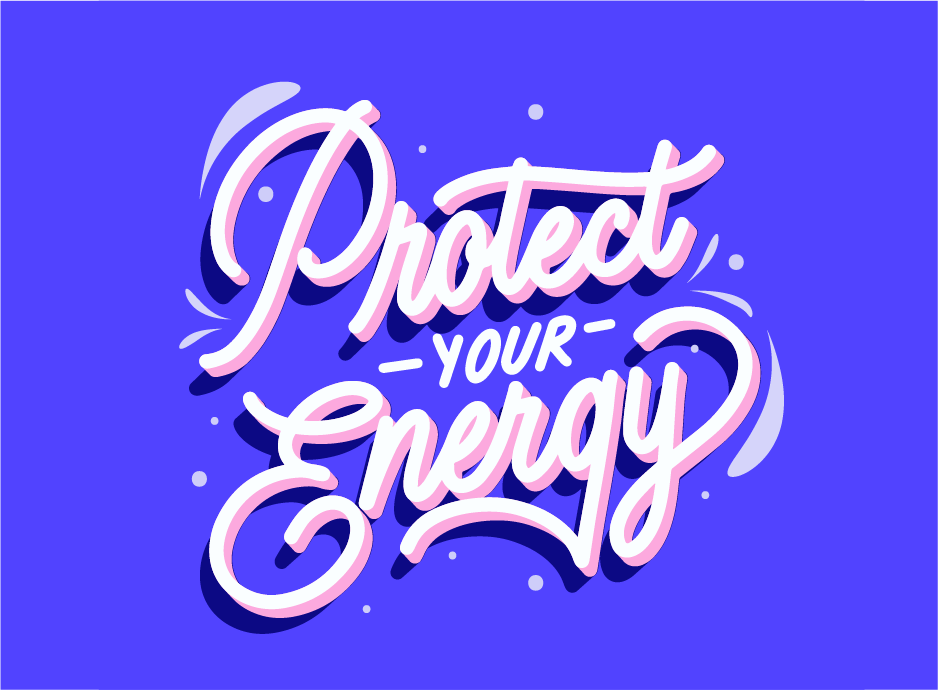
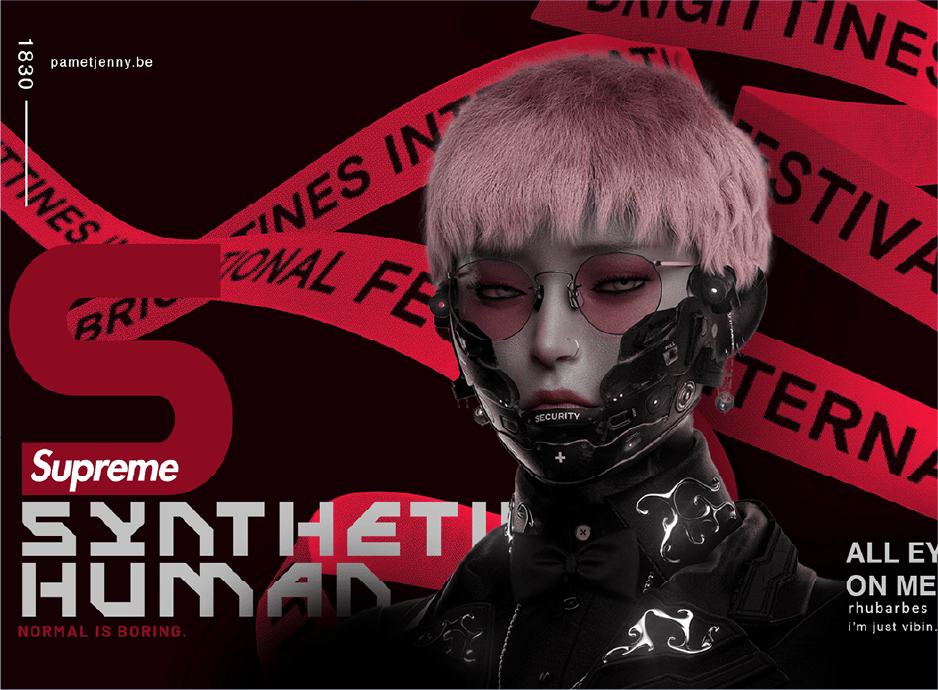
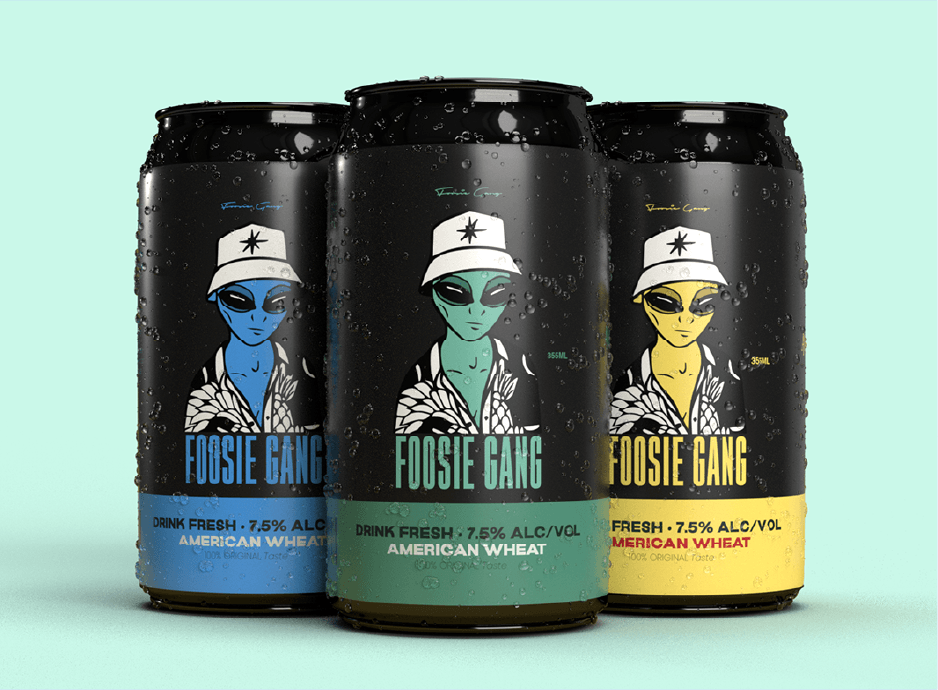

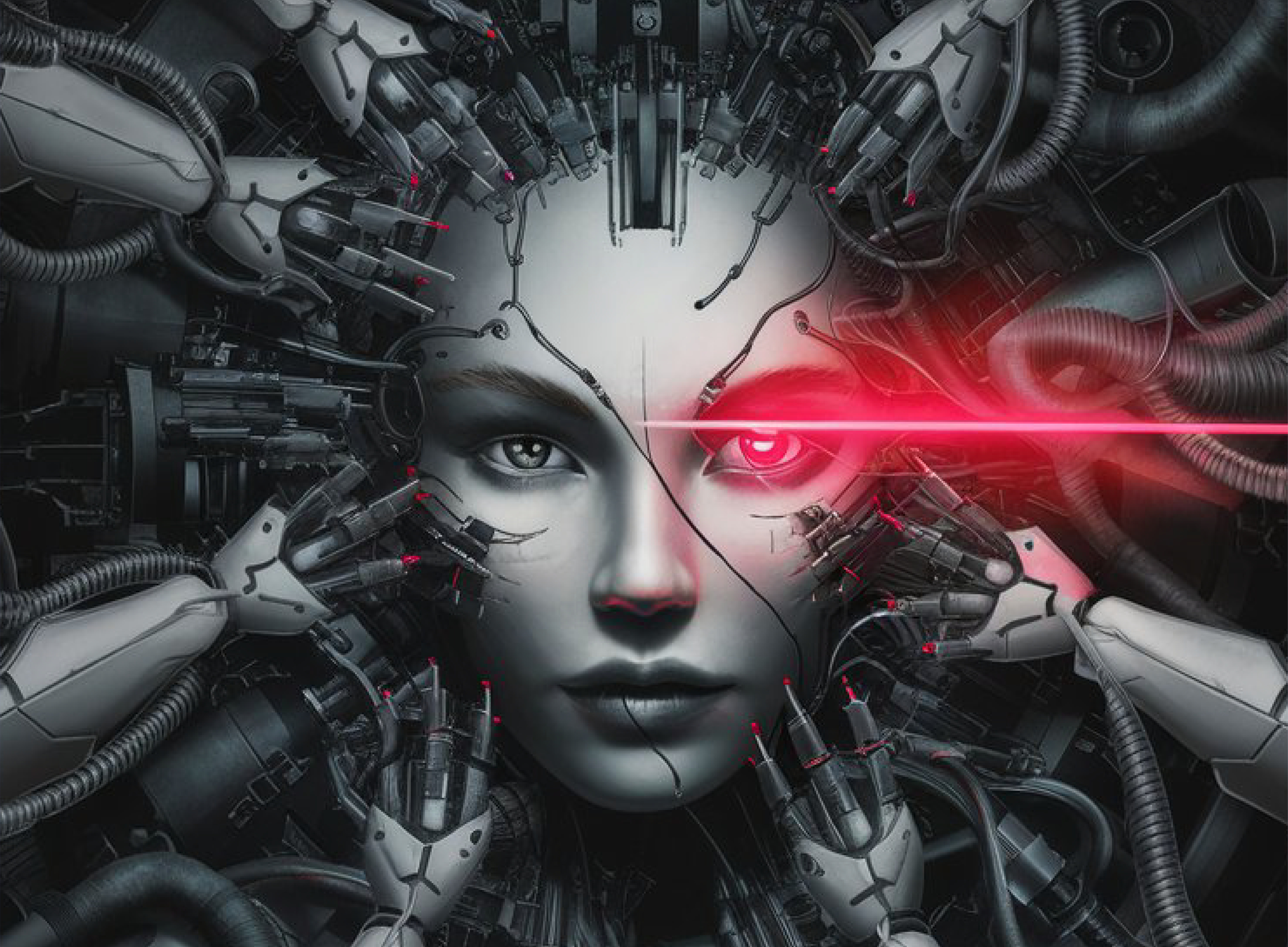
.jpg)
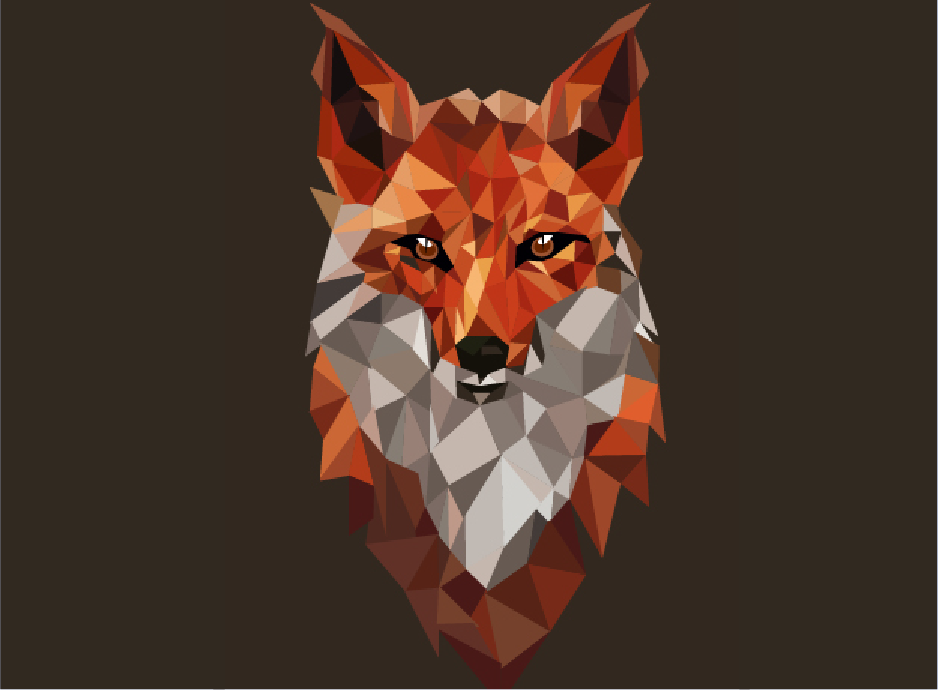
BOOK A FREE CONSULTATION